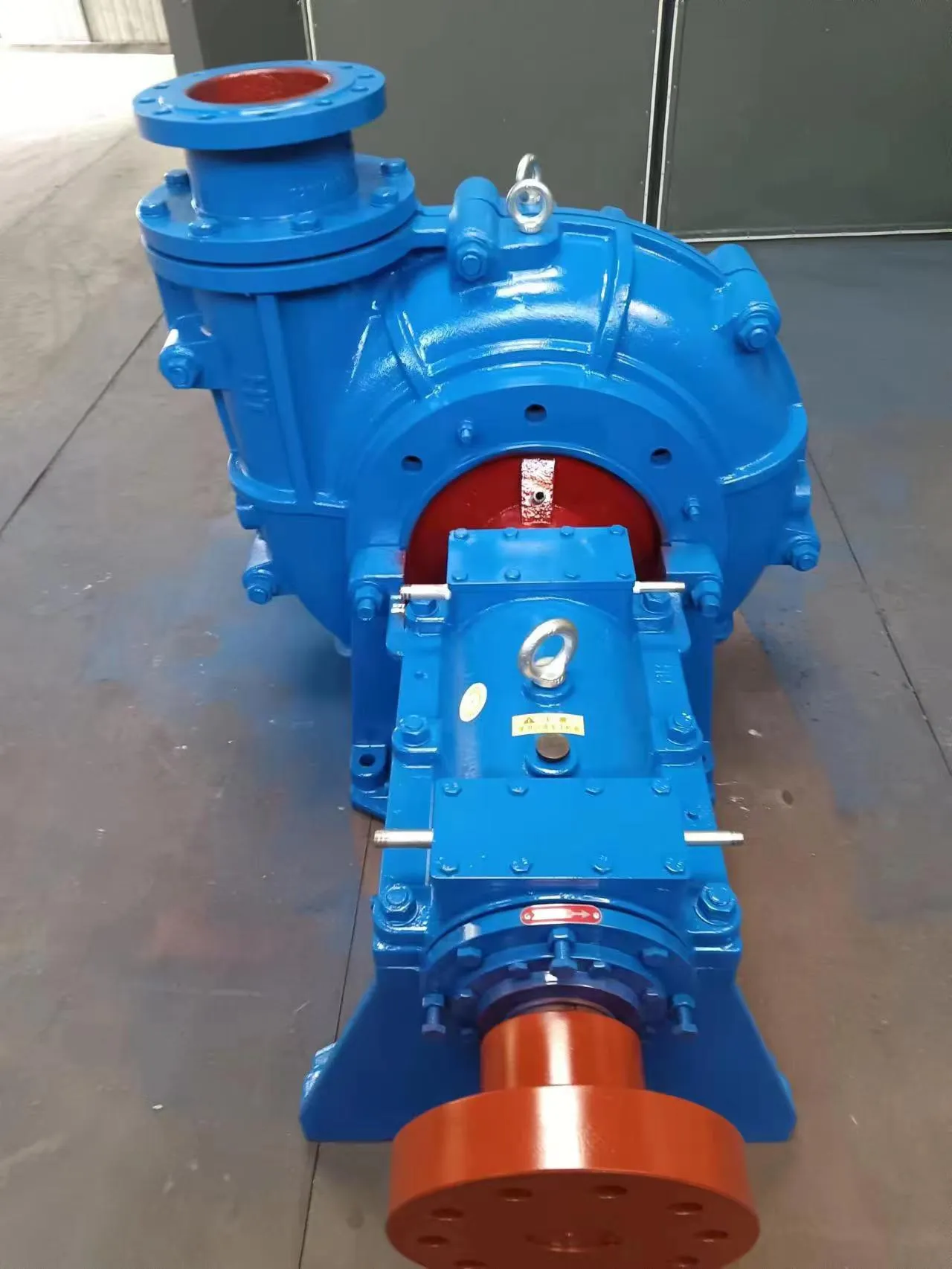Yoruba
- Afrikaans
- Albanian
- Amharic
- Arabic
- Armenian
- Azerbaijani
- Basque
- Belarusian
- Bengali
- Bosnian
- Bulgarian
- Catalan
- Cebuano
- Corsican
- Croatian
- Czech
- Danish
- Dutch
- English
- Esperanto
- Estonian
- Finnish
- French
- Frisian
- Galician
- Georgian
- German
- Greek
- Gujarati
- Haitian Creole
- hausa
- hawaiian
- Hebrew
- Hindi
- Miao
- Hungarian
- Icelandic
- igbo
- Indonesian
- irish
- Italian
- Japanese
- Javanese
- Kannada
- kazakh
- Khmer
- Rwandese
- Korean
- Kurdish
- Kyrgyz
- Lao
- Latin
- Latvian
- Lithuanian
- Luxembourgish
- Macedonian
- Malgashi
- Malay
- Malayalam
- Maltese
- Maori
- Marathi
- Mongolian
- Myanmar
- Nepali
- Norwegian
- Norwegian
- Occitan
- Pashto
- Persian
- Polish
- Portuguese
- Punjabi
- Romanian
- Russian
- Samoan
- Scottish Gaelic
- Serbian
- Sesotho
- Shona
- Sindhi
- Sinhala
- Slovak
- Slovenian
- Somali
- Spanish
- Sundanese
- Swahili
- Swedish
- Tagalog
- Tajik
- Tamil
- Tatar
- Telugu
- Thai
- Turkish
- Turkmen
- Ukrainian
- Urdu
- Uighur
- Uzbek
- Vietnamese
- Welsh
- Bantu
- Yiddish
- Yoruba
- Zulu
Telephone: +86 13120555503
Email: frank@cypump.com
Dec . 05, 2024 06:09 Back to list
Selecting the Best Pumps for Efficient Slurry Handling and Transportation Applications
Pumps for Slurry Applications An Overview
Slurry applications present unique challenges that require specialized equipment to handle the characteristics of thick, viscous mixtures. These mixtures, often composed of liquids combined with solid particles, are prevalent in various industries, such as mining, construction, and wastewater treatment. The selection of the appropriate pump for slurry applications is critical to ensure operational efficiency, longevity of equipment, and cost-effectiveness.
Understanding Slurries
A slurry is a mixture of solid particles suspended in a liquid, which can vary widely in concentration, particle size, and viscosity. The properties of the slurry largely depend on the type of solid particles and the liquid medium used. Industries such as mining frequently deal with slurries containing abrasive materials, while wastewater treatment plants manage slurries that can have a high organic content and varying solid concentrations. As a result, handling these mixtures requires pumps designed specifically for such challenging conditions.
Types of Slurry Pumps
There are several types of pumps suitable for slurry applications, each designed to address specific needs
1. Centrifugal Pumps Often used for low to medium slurry concentrations, centrifugal pumps work by converting kinetic energy into pressure energy. While they can be effective in certain scenarios, they may struggle with highly viscous slurries or high concentrations of solids due to potential clogging issues.
2. Positive Displacement Pumps This category includes diaphragm pumps, gear pumps, and peristaltic pumps. Positive displacement pumps function by trapping a fixed amount of fluid and forcing it through the discharge. They are particularly effective for thicker slurries, providing consistent flow regardless of the liquid's viscosity. However, they can be more expensive to maintain than centrifugal pumps.
3. Submersible Pumps These pumps are designed to operate underwater and are often used in applications that require pumping slurries directly from sumps or pits. Their compact design makes them suitable for confined spaces, but their selection requires careful consideration of the slurry's abrasiveness and corrosiveness.
Key Considerations When Choosing a Slurry Pump
pumps for slurry application

When selecting a pump for slurry applications, several factors must be considered to ensure optimal performance
1. Slurry Characteristics Understanding the solid particle size, concentration, and viscosity of the slurry is crucial. This information influences the type of pump and the materials used in its construction.
2. Abrasiveness Many slurries contain abrasive particles that can wear down pump components rapidly. Materials such as hardened alloys, rubber linings, or specialized ceramics may be required to enhance the pump's durability.
3. Flow Rate and Head Requirements Knowing the required flow rate and discharge head is essential to select a pump that can efficiently move the slurry through the system without cavitation or excessive wear.
4. Maintenance and Support Given the harsh operating conditions of slurry applications, ease of maintenance and the availability of replacement parts are critical factors to consider. Investing in a reliable pump from a trusted supplier can enhance uptime and reduce long-term costs.
Future Trends in Slurry Pump Technology
As industry demands evolve, the slurry pump market is also experiencing innovation. Advances in materials science are leading to more resilient pump components, capable of withstanding harsher conditions and enhancing operational life. Additionally, automation and IoT technology are being integrated into pump systems, allowing for real-time monitoring and predictive maintenance, which can significantly improve overall system reliability.
Conclusion
Selecting the right pump for slurry applications is a vital decision that impacts efficiency, cost, and operational success. By thoroughly understanding the characteristics of the slurry and the available pump options, industries can significantly enhance their operational capabilities and reduce downtime. As technology progresses, the future of slurry pumping appears promising, with innovations that will continue to drive performance and reliability in this critical sector.
-
Heavy-Duty Mining Sludge Pumps - Wear-Resistant Slurry Handling
NewsAug.02,2025
-
Horizontal Split Case Pump with GPT-4 Turbo | High Efficiency
NewsAug.01,2025
-
ISG Series Pipeline Pump - Chi Yuan Pumps | High Efficiency, Durable Design
NewsAug.01,2025
-
Advanced Flue Gas Desulfurization Pump with GPT-4 Turbo | Durable & Efficient
NewsJul.31,2025
-
ISG Series Vertical Pipeline Pump - Chi Yuan Pumps | Advanced Hydraulic Design&Durable Construction
NewsJul.31,2025
-
ISG Series Vertical Pipeline Pump - Chi Yuan Pumps | Energy Efficient & Low Noise
NewsJul.31,2025










